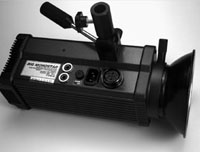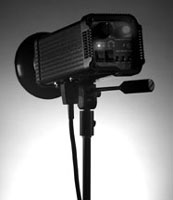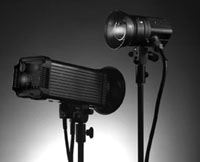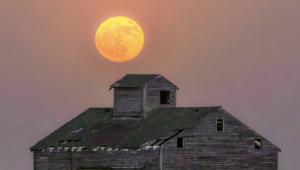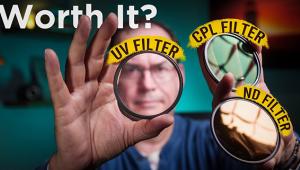Sun Star Strobo Big Monostar 600
Many of you may have seen
my review last April of the Sun Star Strobo Mini-1200 flash system.
At the time Sun Star Strobo was an all but unheard of flash manufacturer,
producing a full line of impressive looking studio flash equipment.
The Mini Series initially caught my eye at a trade show, and after reviewing
the unit for Shutterbug, it seemed clear that Sun Star Strobo would
become a familiar name in pro shops across the country. |
|||
While innovative, this approach
is not new. Balcar has been offering Monobloc monolites for years with
a flash outlet and asymmetrical switching. While convenient, the Monoblocs
were very large and needed a heavy-duty light stand to avoid the risk
of having the unit crash to the floor. (This kind of defeats the purpose
of having a portable rig in the first place.) While larger and heavier
than many monolites, the Big Monostar is of reasonable size and weight--weighing
in at a svelte 5.63 lbs, it is about 1/3 the size and 1/2 the weight of
my Balcar Monobloc 2. |
|||
The surest sign that this is
a rugged unit is apparent when you power it up, as you can hear the internal
cooling fan whirring. Like all of the Sun Star gear, it is a fast fan
that seems to move a lot of air. I left the unit on for several hours
with the modeling lamp on and when I touched the case it was cool as a
cucumber. It makes a lot of sense to fan cool a monolite, since the hit
modeling lamp and the head generated by the flash tube will eventually
decay the flash caps in the power section. A fast fan helps keep things
very cool, which should extend the life of this unit. It is surprising
that more manufacturers don't utilize cooling fans in their monolites. |
- Log in or register to post comments
